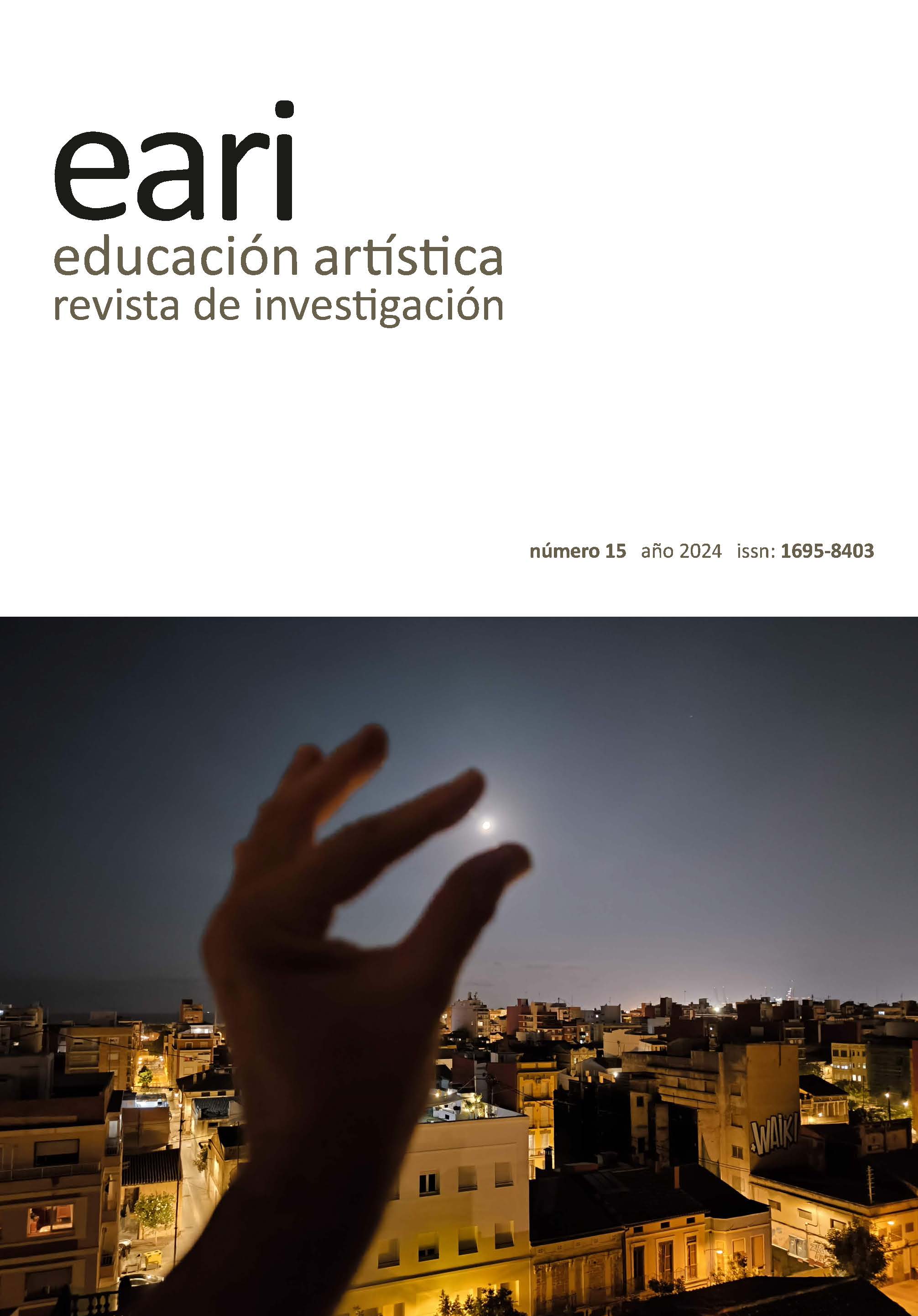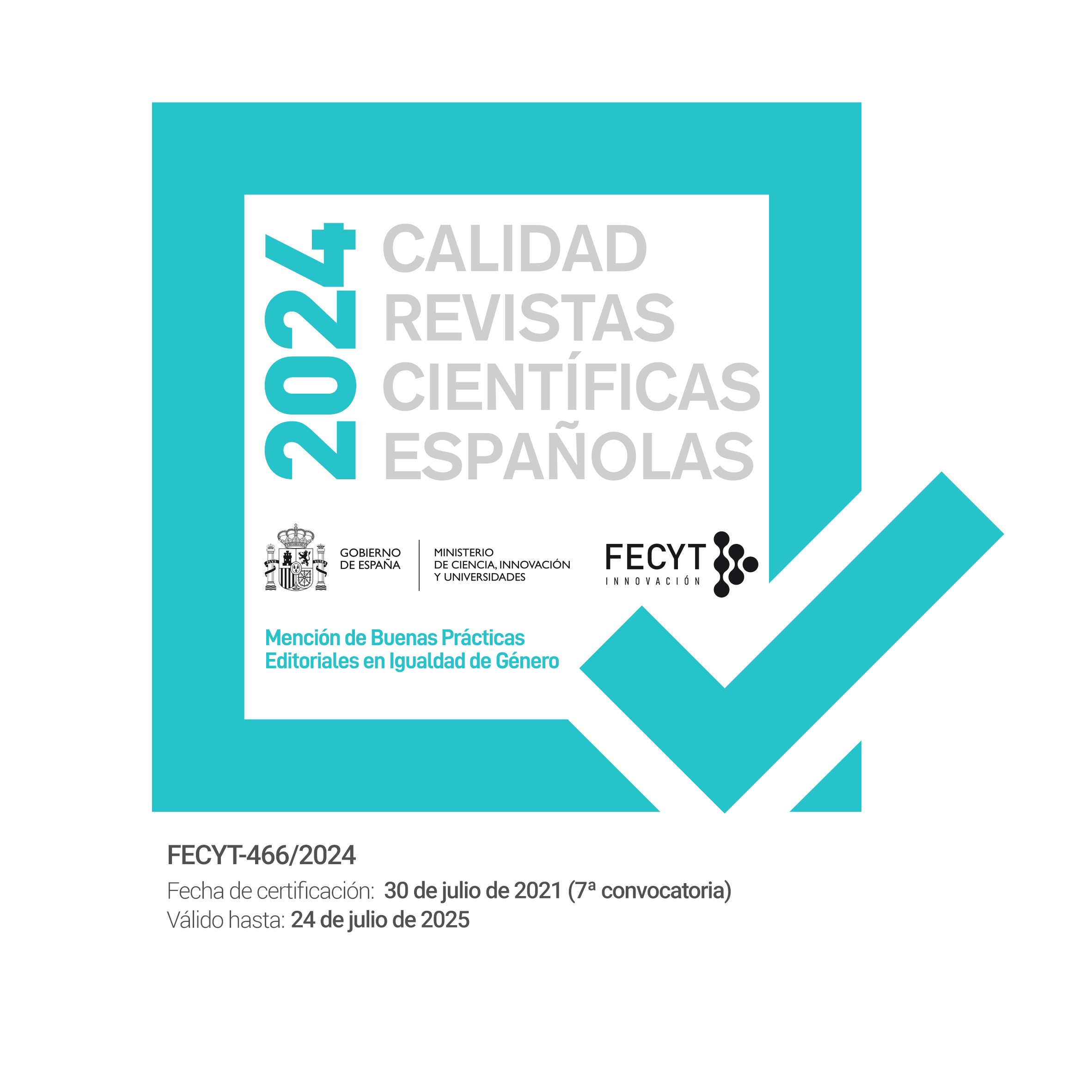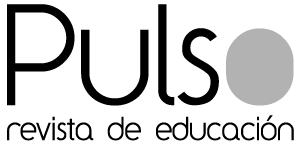Educating in design: thinking and looking beyond capitalism
DOI:
https://doi.org/10.7203/eari.15.26410Keywords:
Educación, Diseño Crítico, Capitalismo, Visualidad crítica Abstract
Abstract
Design education does not often problematise how design creates the world. This is mainly because educational programmes and approaches often omit criticality as a practice that can be sustained over time. In recent years terms such as "critical design" or "critical practice" have appeared in the design literature as emerging spaces from which to interrogate society through design. This essay presents an educational experience based on design criticism, whose aim is to promote debate and reflection on the relationship between design and capitalism, analysing the multiple interrelationships between the two. It then presents a classroom practice based on "critical visuality" as a method of enquiry and points out some considerations to be taken into account in the triad of education, design and capitalism, which should be approached from a "problematising education".
 Downloads
Downloads
 References
References
Bailey, S. (2006). Towards a Critical Faculty. On the Future of Art School: A Primer.
Bennett, P. (2013). Educating for Utopia: William Morris on useful learning versus' useless toil'. The Journal of William Morris Studies, 20(2), 54-72.
Berardi, F. (2007). Generación post-alfa. Buenos Aires: Tinta Limón.
Chaves, N., Arfuch, L., & Ledesma, M. (1997). Diseño y comunicación. Paidós
Dunne, A., & Raby, F. (2013). Speculative everything: design, fiction, and social dreaming. MIT press.
Escobar, A. (2019). Autonomía y diseño: la realización de lo comunal. Editorial Universidad del Cauca.
Espluga, E. (2021). No seas tú mismo. Paidós.
Freire, P. (2012). Pedagogía del oprimido. Siglo XXI Ediciones.
Foster, H. (2004). Diseño y delito. Ediciones Akal.
Fry, T. (2017). Design education in a broken world. The Studio at the Edge of the World. [Archivo PDF] http://www.thestudioattheedgeoftheworld.com/uploads/4/7/4/0/47403357/fry-designeducation.pdf
Goodbun, J., Till, J., Rumpfhuber, A., & Klein, M. (2014). The design of scarcity. Strelka.
Laranjo, Francisco Miguel. Design as criticism: methods for a critical graphic design practice. Diss. University of the Arts London, 2017.
Lindgren, J. (2 de enero de 2020). Graphic design’s factory settings. Walkerart.org. https://walkerart.org/magazine/jacob-lindgren-graphic-designs-factory-settings.
Lovink, G. (2019). Tristes por diseño: las redes sociales como ideología (Vol. 2). Consonni.
Lupton, E. (1997). The designer as producer. AIGA Journal of Graphic Design, 15, 5-6.
Mandel, E. (1979). El capitalismo tardío. Ediciones Era.
Mazé, R. (2009). Critical of what. In Iaspis forum on design and critical practice: The reader (pp. 379-397).
Morton, T. (2021). Hiperobjetos: filosofía y ecología después del fin del mundo. Adriana Hidalgo Editora.
Remedios, Z. (2017). El entusiasmo. Precariedad y trabajo creativo en la era digital. Editorial Anagrama.
Rosa, H. (2016). Alienación y aceleración: hacia una teoría crítica de la temporalidad en la modernidad tardía (Vol. 2047). Katz Editores.
Rosa, H. (2019). Resonancia: una sociología de la relación con el mundo (Vol. 3103). Katz Editores.
Owen, K. (1984). Community Art and the State: storming the citadels. London: Comedia.
Schwab, K. (2016). La cuarta revolución industrial. Debate.
Thackara, J. (Ed.). (1988). Design after modernism: Beyond the object. Thames and Hudson.
Willis, A. M. (2006). Ontological designing. Design philosophy papers, 4(2), 69-92.
Wizinsky, M. (2022). Design after Capitalism: Transforming Design Today for an Equitable Tomorrow. MIT Press.
Zygmunt, B., & Lyon, D. (2013). Vigilancia líquida. Grupo Planeta.
Zizek, S. (2011). Primero como tragedia, después como farsa (Vol. 10). Ediciones Akal.
Downloads
Published
How to Cite
-
Abstract40
-
PDF (Español)42
Issue
Section
License
![]()
Educación artística: revista de investigación (EARI) retains the proprietary rights (copyright) of published works, and favors and allows the reuse of the same under the license Creative Commons Attribution-Noncommercial Use 4.0 International License (CC-BY-NC 4.0), which allows third parties to use the published material whenever the authorship of the work and the source of publication is mentioned (journal, publisher and URL of the work), and it is used for non-commercial purposes.
Authors are encouraged to disseminate their work after it has been published, through the internet (for example, in institutional archives online or on its website) which can generate interesting exchanges and increase work appointments.








